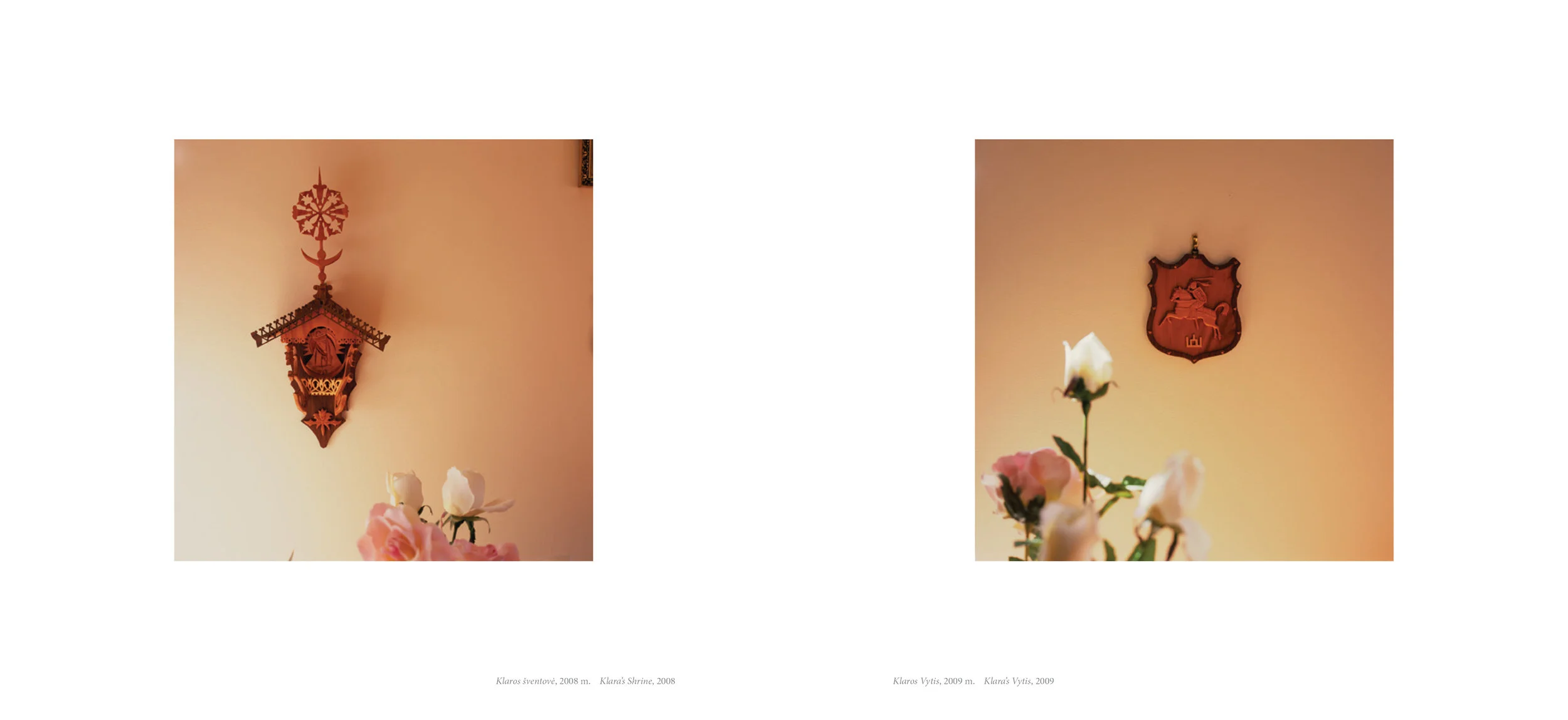“It hopes to build an understanding of the preciousness of each person’s language and culture, to encourage the preservation of each person’s uniqueness, to support the needy with a generous spirit, and to foster openness, peace, good will and tolerance among all people.”
About the book
Saulėje ir šešėlyje. In Sunshine and Shadow is a reflective, expressive narrative of Lithuanian immigrant life in Australia, from Lithuania’s loss of independence in 1940 to restoration in 1990. It draws on people’s memories through oral histories enriched by historical and contemporary environmental portrait, object, document and landscape photographs, and the Lithuanian culture’s rich oral poetry and song traditions.
In my photographing I aspired to capture a Lithuanian spirit and person’s essence through building trust, hearing their story and empathising, collaborating and incorporating traces of their character, history and culture through the meaning gleaned from intimate surroundings.
The Lithuanian culture’s veneration of the earth and nature was instilled in me as a child through parental influences and their stories and photographs of Lithuania. This reverence has influenced my personal preference for and my choosing to photograph with natural light, in both indoor and outdoor settings, for its radiance, softness and luminescent qualities. Afternoon winter lighting was used extensively for its golden warmth, the saturation achieved using colour film, and its significance, metaphorically, for an elderly first generation. Colour film was selected to visually record the Lithuanian culture’s rich colours and a subtropical Australian landscape’s vibrancy; and to signify living narrators, and objects and landscapes recorded in the present time.
Saulėje ir šešėlyje. In Sunshine and Shadow concerns the difficulties experienced by the immigrants under Australia’s assimilation policy, including being required to forget their history and culture, to speak in English and to not speak in their mother tongue. It gives the people agency allowing them to speak in Lithuanian and in English in their own words, and to be seen as other than an ‘exotic’ Other, in the fullness of their normal lives, overcoming their silence.
Whilst the work primarily concerns the immigrants’ settling experiences, and homeland oppression and ongoing issues in exile, Lithuanian cultural identity and expression are embedded in the oral histories, in the author’s encounters with the people in their homes, and in the visual imagery gathered and created, infusing warmth and sunshine and a Lithuanian imprint through cultural contexts. Warmth is also infused through welcoming experiences in the community of their adopted Australian homeland.
Eve Puodžiūnaitė Wicks







